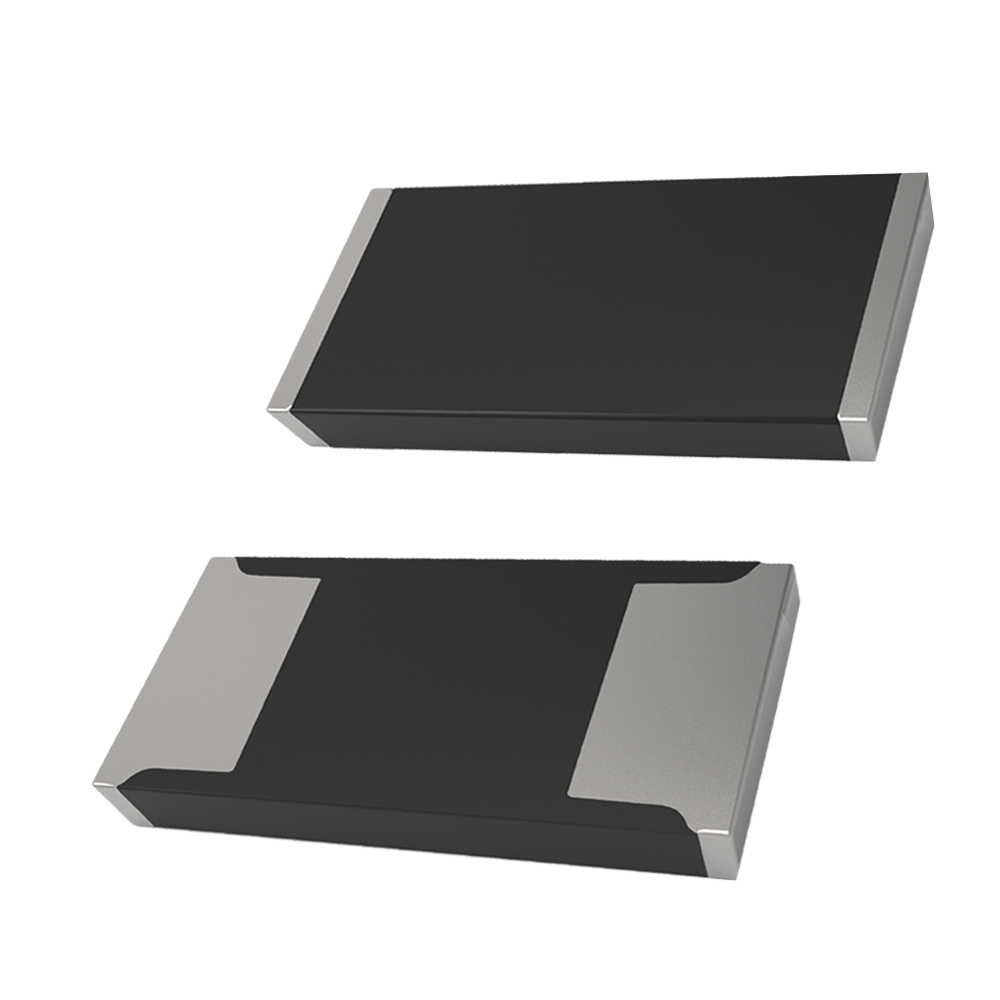
Metal Film Resistors have much better temperature stability than their carbon equivalents, lower noise and are generally better for high frequency or radio frequency applications. Metal Oxide Resistors have better high surge current capability with a much higher temperature rating than the equivalent metal film resistors.
Another type of film resistor commonly known as a Thick Film Resistor is manufactured by depositing a much thicker conductive paste of ceramic and metal called cermet, onto an alumina ceramic substrate. Cermet resistors have similar properties to metal film resistors and are generally used for making small surface mount chip type resistors, multi-resistor networks in one package for pcb’s and high frequency resistors. They have good temperature stability, low noise, and good voltage ratings but low surge current properties.

Metal Film Resistors are prefixed with a “MFR” notation (eg, MFR100kΩ) and a CF for Carbon Film types. Metal film resistors are available in E24 (±5% & ±2% tolerances), E96 (±1% tolerance) and E192 (±0.5%, ±0.25% & ±0.1% tolerances) packages with power ratings of 0.05 (1/20th) of a Watt up to 1/2 Watt. Generally speaking Film resistors and especially metal film resistors are precision low power components. Microhm Electronics' HPMRY, PMRY are widely used metal film resistor.











